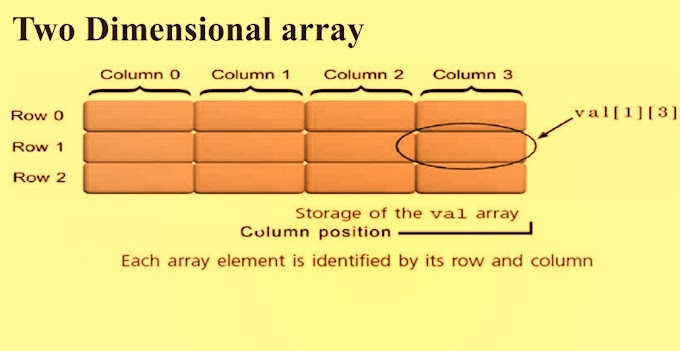Flow Control
Flow control is the process of managing the rate of data transmission between two nodes to prevent a fast sender from overwhelming a slow receiver.
The sending data-link layer at the end of a link is a producer of frames; the receiving data-link layer at the other end of a link is a consumer. If the rate of produced frames is higher than the rate of consumed frames, frames at the receiving end need to be buffered while waiting to be consumed (processed). We cannot have an unlimited buffer size at the receiving side.
We have two choices.
- The first choice is to let the receiving data-link layer drop the frames if its buffer is full.
- The second choice is to let the receiving data-link layer send a feedback to the sending datalink layer to ask it to stop or slow down. Different data-link-layer protocols use different strategies for flow control.
Stop-and- Wait Protocol
Sliding Window
In this flow control mechanism, both sender and receiver agree on the number of data-frames after which the acknowledgement should be sent. Stop and wait flow control mechanism wastes resources, this protocol tries to make use of underlying resources as much as possible.
Error Control
Error control is the process of detecting and correcting data frames that have been corrupted or lost during transmission.
At the sending node, a frame in a data-link layer needs to be changed to bits, transformed to electromagnetic signals, and transmitted through the transmission media. At the receiving node, electromagnetic signals are received, transformed to bits, and put together to create a frame. Since electromagnetic signals are susceptible to error, a frame is susceptible to error. The error needs first to be detected. After detection, it needs to be either corrected at the receiver node or discarded and retransmitted by the sending node. Since error detection and correction is an issue in every layer (node-to node or host-to-host).
- There are three types of techniques available which Data-link layer may deploy to control the errors by Automatic Repeat Requests (ARQ):-
- Stop-and-wait ARQ
- Go-Back-N ARQ
- Selective Repeat ARQ
Stop-and-wait ARQ
- When a frame is sent, the sender starts the timeout counter.
- If acknowledgement of frame comes in time, the sender transmits the next frame in queue.
- If acknowledgement does not come in time, the sender assumes that either the frame or its acknowledgement is lost in transit. Sender retransmits the frame and starts the timeout counter.
- If a negative acknowledgement is received, the sender retransmits the frame.
Go-Back-N ARQ
- The sending-window size enables the sender to send multiple frames without receiving the acknowledgement of the previous ones.
- The receiving-window enables the receiver to receive multiple frames and acknowledge them.
- The receiver keeps track of incoming frame’s sequence number.
- When the sender sends all the frames in window, it checks up to what sequence number it has received positive acknowledgement.
- If all frames are positively acknowledged, the sender sends next set of frames.
- If sender finds that it has received NACK or has not receive any ACK for a particular frame, it retransmits all the frames after which it does not receive any positive ACK.
Selective Repeat ARQ
In Selective-Repeat ARQ, the receiver while keeping track of sequence numbers, buffers the frames in memory and sends NACK for only frame which is missing or damaged.
The sender in this case, sends only packet for which NACK is received.









0 Comments